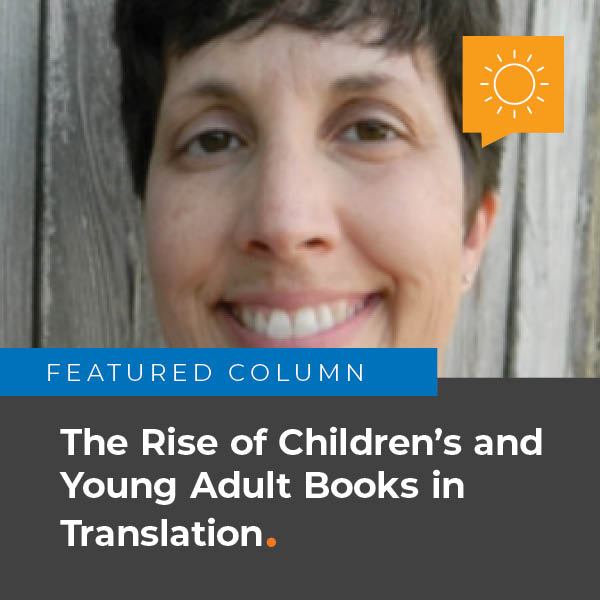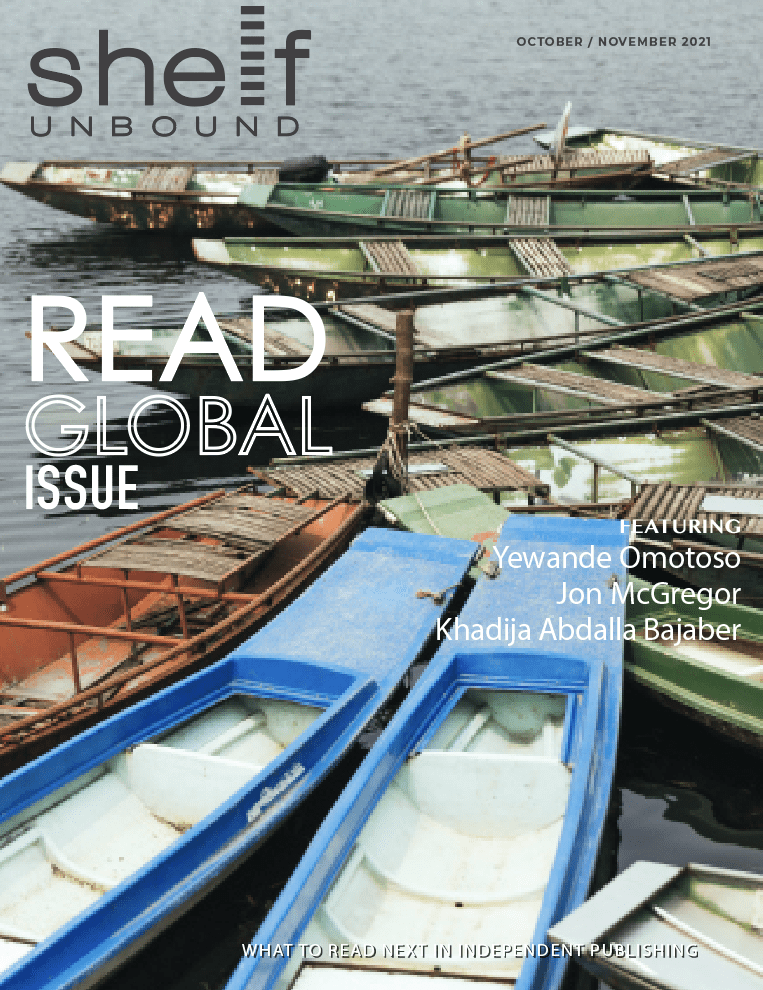By Michele L. Mathews

Growing up, I was an avid reader. According to my mom, my nose was always stuck in a book. A few of the books I read were classics, like Heidi by Johanna Spyri and Twenty Thousand Leagues Under the Sea by Jules Verne. One of my favorite books from my childhood was Anne Frank: The Diary of a Young Girl because at the time I read it, I was about her age. When I read these books, I never gave it much thought about the fact they are translated books. In fact, all three books have been translated many times over the years since they were first published.
As an adult, I read translated books to my two children, and at the time, I had no idea they were. My children loved reading books like The Rainbow Fish by Marcus Pfister (translated by J. Alison James) and Boo and Baa on a Cleaning Spree by Olof Landstrom and Lena Landstrom (translated by Joan Sandin) over and over again.The Rainbow Fish drew them in not only for the illustrations but for the story’s message. And it’s no wonder that it’s sold millions of copies and has been translated in many different languages.
But are translated books really that big of a deal? Sure, they are.
Translated books take us to other countries and give us so much more than a story. They teach us about people, cultures, and places we may not know about. They give the authors a chance to be published in other languages around the world. As readers, we get two authors because the translator is, in a way, giving you a new story. Most importantly, a translated book takes a great deal of work to get the story right.
The more I learn about translated books, the more I want to see if the number of translated books is on the rise. According to librarian and instructor Annette Goldsmith, “The percentage of translations of all children’s books in the U.S. is probably around four percent now—though this is a very rough figure. Over the last twenty years or so, the figure was more like two percent.”
Goldsmith should know all about this increase. She has closely followed this trend since doing her dissertation on the decision-making of U.S. children’s
book editors, who are choosing which books from other countries to translate.
So if books for children and young adult books are truly on the rise, what is causing this? Goldsmith, who is also a board member for Global Literature in Libraries Initiative (GLLI), says, “There are likely many reasons, but one of them is definitely the use of awards to motivate publishers. So far the new GLLI Translated YA Book Prize has shortlisted roughly twelve titles a year for the last three years, bringing these stellar fiction and nonfiction books, often award winners in their own countries, to the attention of readers in the U.S.”
How else do we know translations are on the rise for children’s and young adult books? We can look at the number of submissions for these age groups. For the 2021 award year, GLLI Executive Director Karen Van Drie reported, “Submissions have increased by more than a third this year. That suggests growing publisher interest and commitment to global literature and their recognition of the importance of sharing perspectives from abroad.”
Based on the comments from Goldsmith and Van Drie, I think it’s clear that translated books for readers under 18 are increasing here in the U.S. But how do we find those books? Goldsmith said, “I would urge readers to check out the GLLI Translated YA Book Prize lists and watch for the announcement of the 2022 awards on April 2, 2022, which is International Children’s Book Day and Hans Christian Andersen’s birthday.” She also says we should follow two other awards—the Mildred L. Batchelder Award for the most distinguished translated children’s book and the United States Board on Books for Young People’s (USBBY) Outstanding International Books, a K-12 list that includes translations. She stated, “I have served on all of these award committees, and I know how carefully the selections are made.”
After reading translated books as a kid and later as an adult to my children, I’m determined to read even more translated books in the future and support not only the authors but the translators as well. As Goldsmith said, “When you read a translation, you are looking at the work of two talented writers—the author and the translator—so please name the translator.” So, remember that the next time you read a translated book.
And if you’re ready to search for either a children’s or young adult book, here are a few books to get you started.
1) Alya and the Three Cats by Maya Fidawi, translated from Arabic by Mehdi Retnani and published by CrackBoom! Books
2) The Little Bell That Wouldn’t Ring by Heike Conradi, illustrated by Maja Dusíková, translated from German by David Henry Wilson, and published by NorthSouth Books USA
3) Little Fox by Edward Van De Vendel and Marije Tolman, translated from Dutch by David Colmer and published by Levine Querido
4) All’s Happy That Ends Happy by Rose Lagercrantz, illustrated by Eva Eriksson, translated from Swedish by Julia Marshall and published by Gecko Press
5) The Books That Devoured My Father by Afonso Cruz, translated from Portuguese by Margaret Jull Costa and published by Young Dedalus
6) The Blue Wings by Jef Aerts, translated from Dutch by Laura Watkinson and published by Levine Querido
7) Reckless by Cornelia Funke, translated from German by Oliver Latsch and published by Little, Brown and Company
8) Here the Whole Time by Vitor Martins, translated from Portuguese by Larissa Helena and published by Scholastic Press
9) Where We Go from Here by Lucas Rocha, translated from Portuguese by Larissa Helena and published by Scholastic Press
10) Fright Night by Maren Stoffels, translated from Dutch by Laura Watkinson and published by Delacorte Books
11) Run for Your Life by Silvana Gandolfi, translated from Italian by Lynne Sharon Schwartz and published by Restless Books
12) Ever After written, illustrated, and translated from German by Olivia Vieweg and published by Lerner

Continue Reading
Article originally Published in the October / November 2021 Issue: Read Global.
